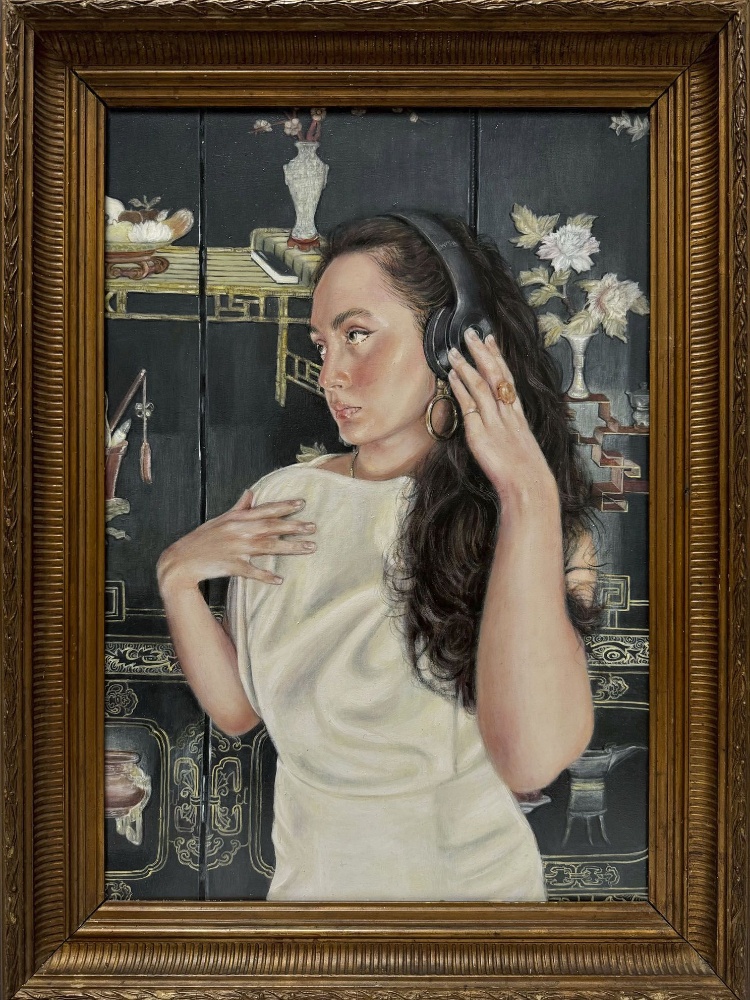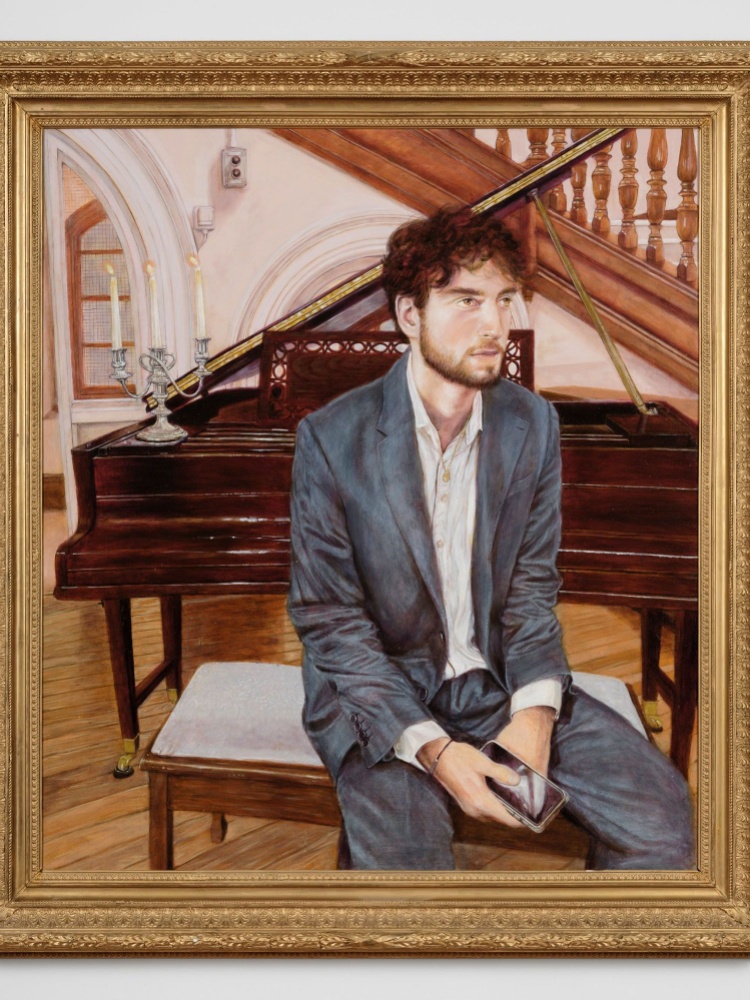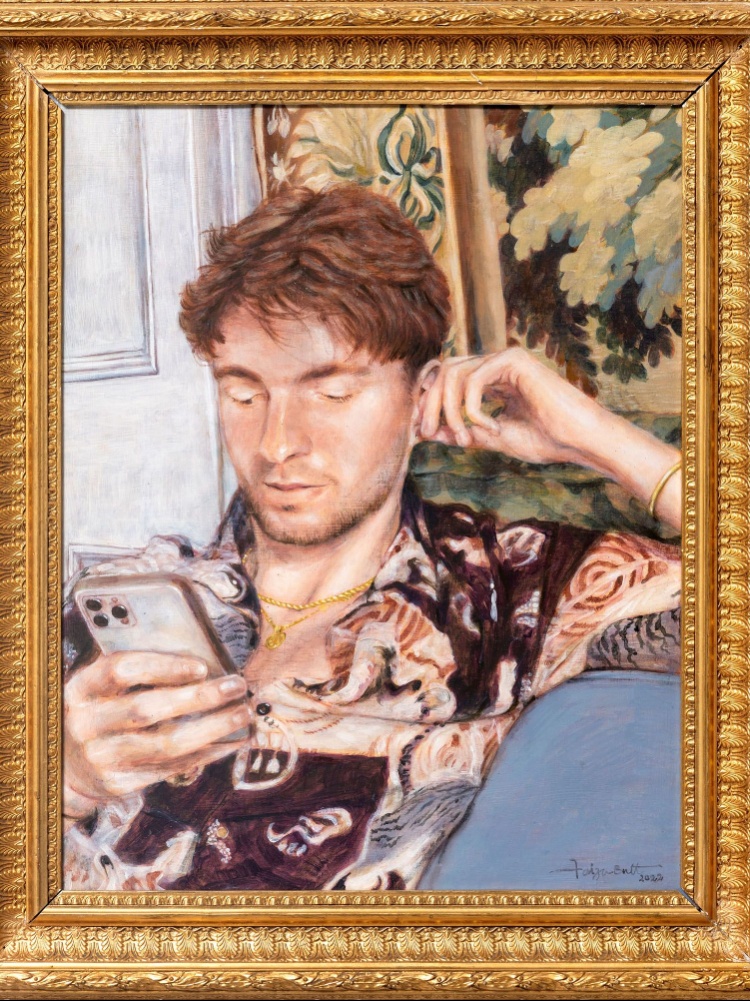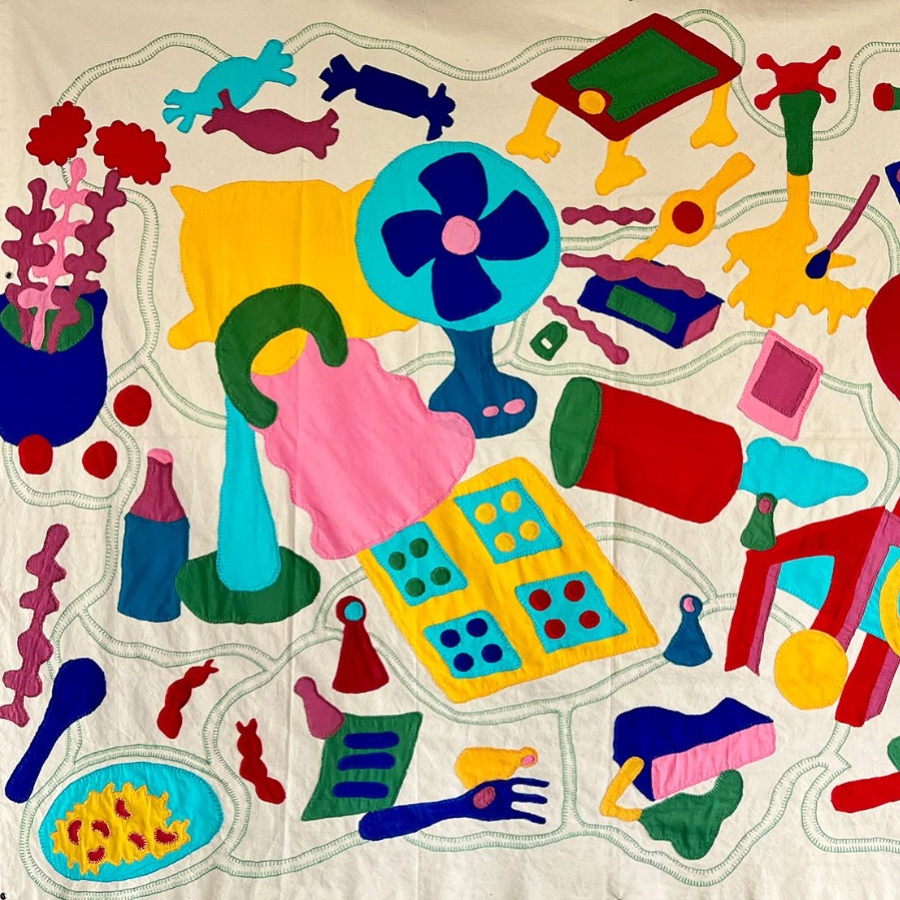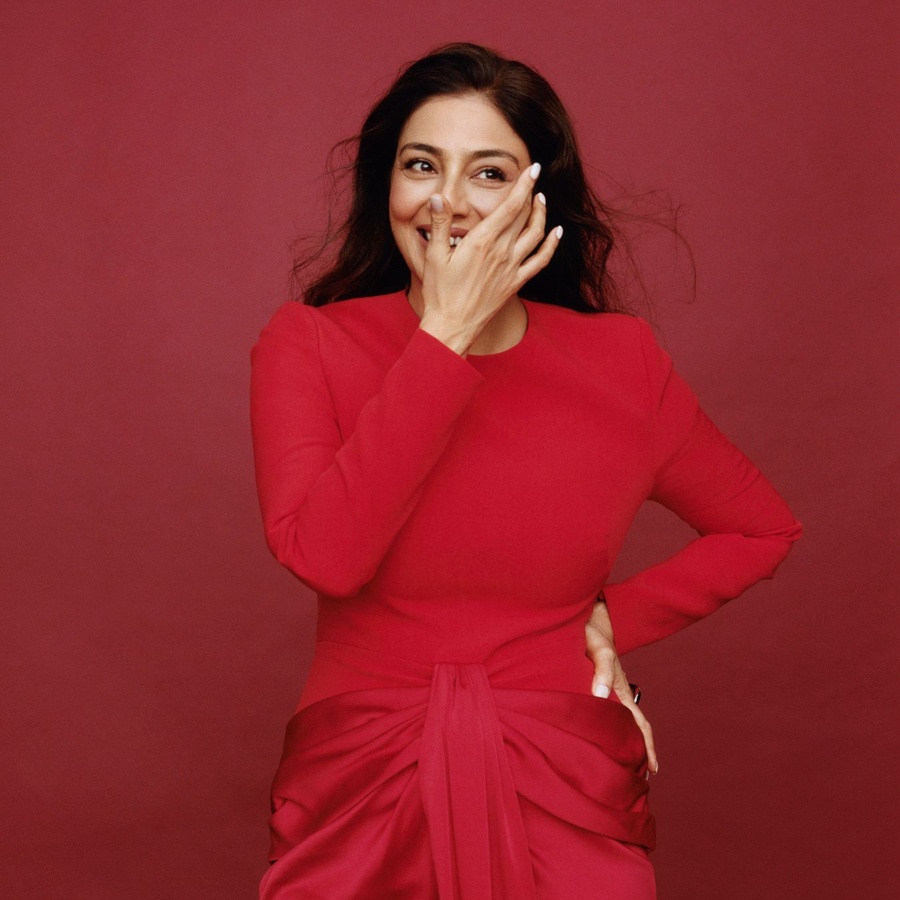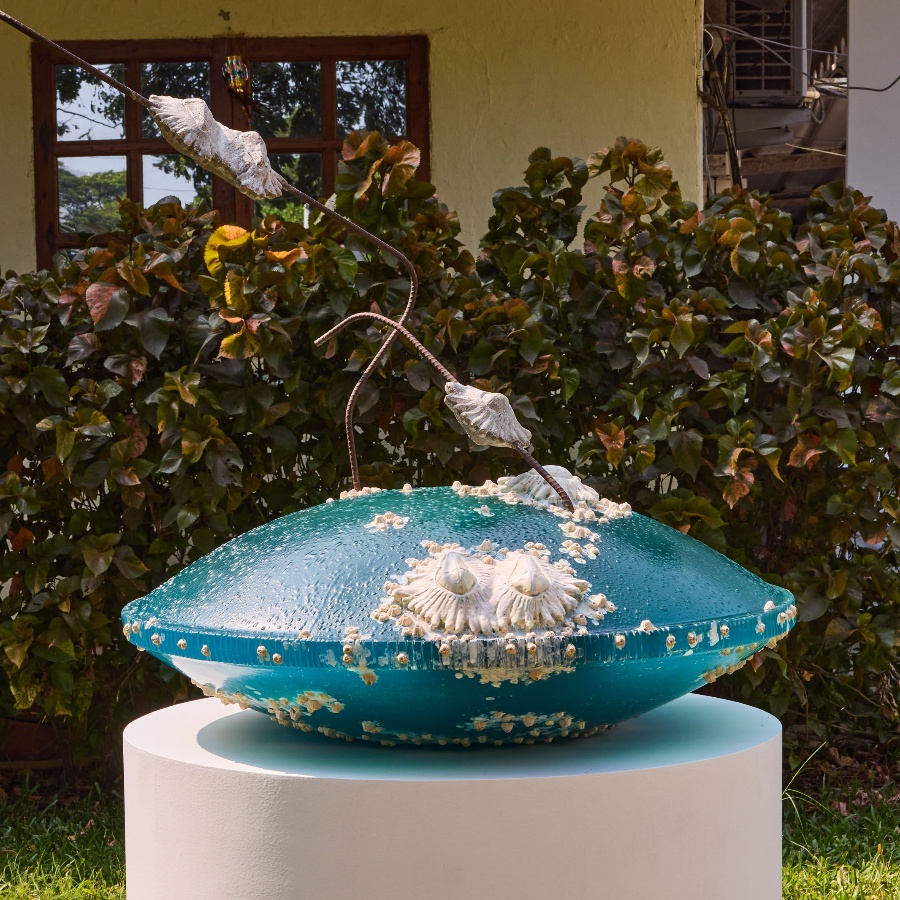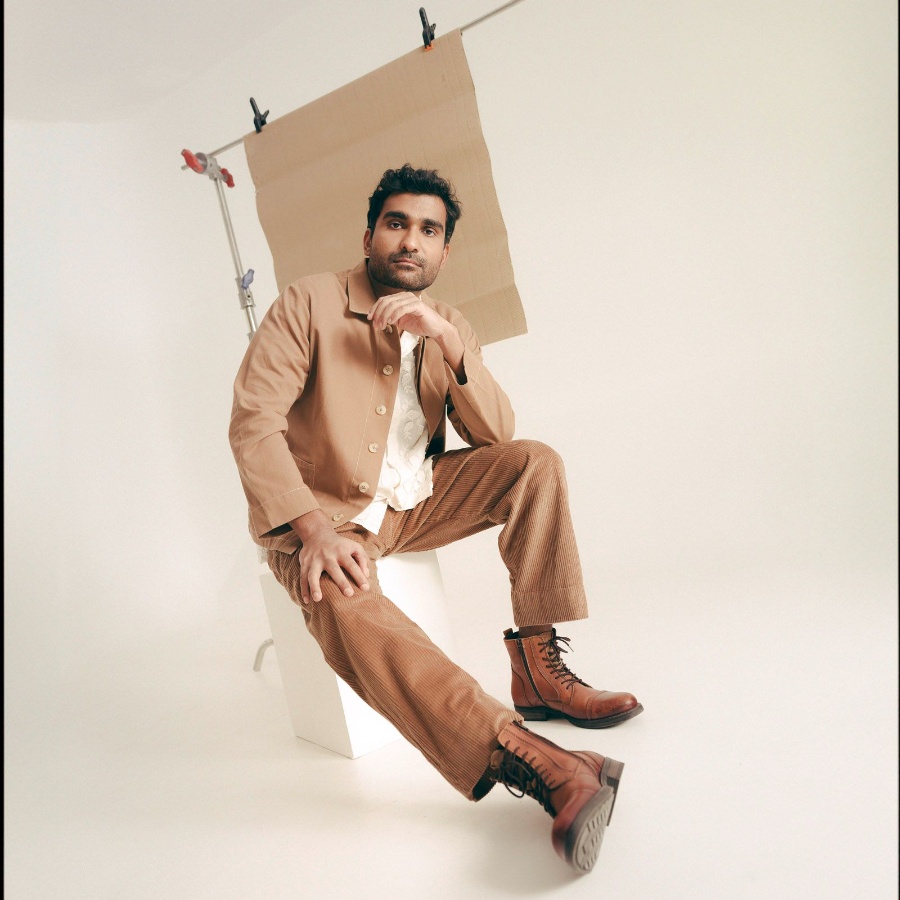Imagine stunning Renaissance-esque masterpieces, but instead of royals, nobles, and archbishops, the subjects include 20-somethings clad in North Face jackets and Van Cleef necklaces, along with iPhones and headphones, whispering, “How many likes?” and “Not enough shares” under their breath. A Gen Z but old-school portrait gallery of sorts, London-based artist Faiza Butt’s solo showcase, You Miss More Than You See, is currently on exhibit at the Vadehra Art Gallery in Delhi. It presents a jarring yet whimsical juxtaposition of the past with the present.
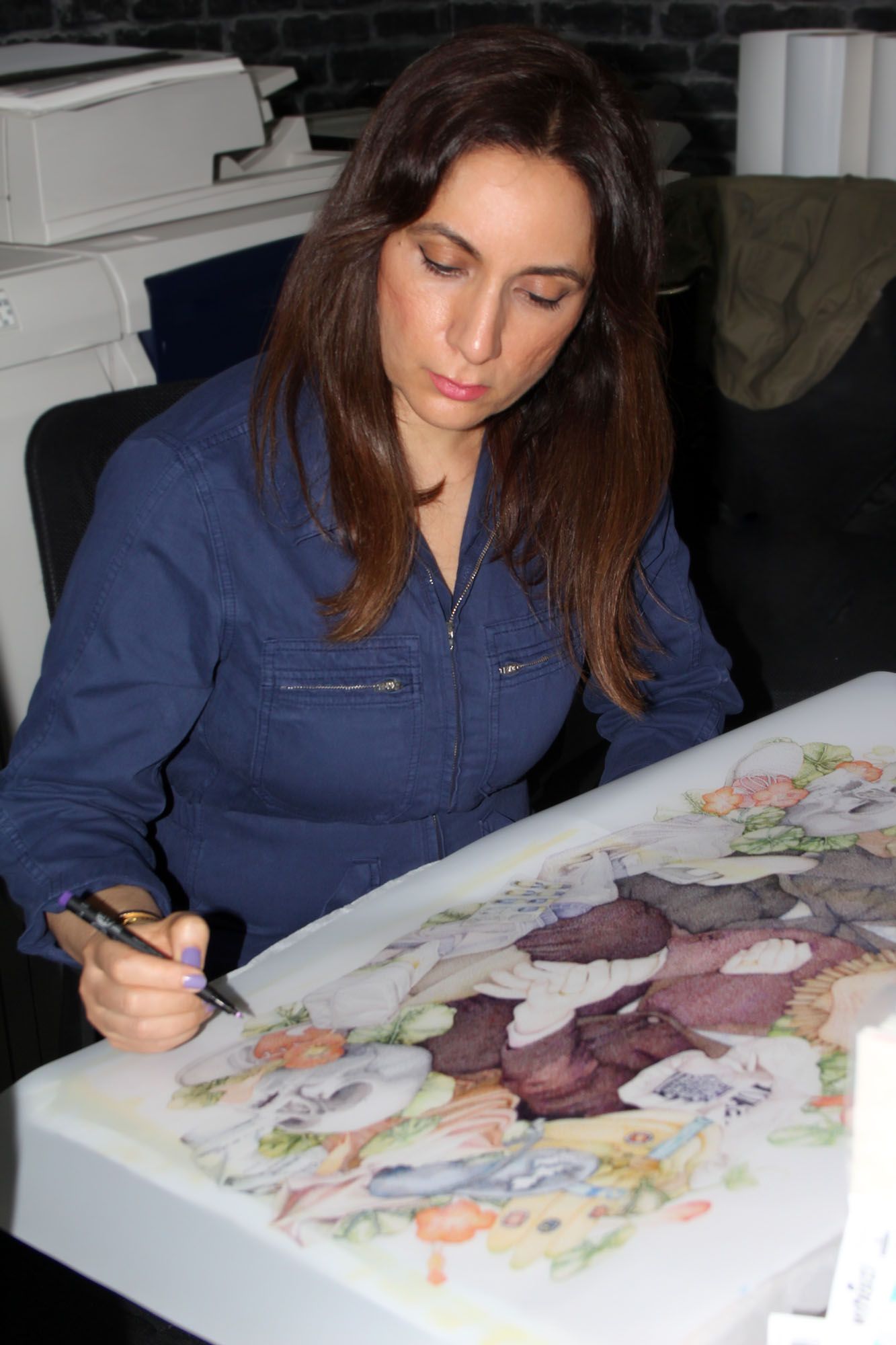
Butt’s own children, Zack and Layla, unwitting participants of the world’s increasing digital carbon footprint, are the modern-day aristocrats, wielding smartphones instead of sceptres. By showcasing them in Victorian-inspired poses, Butt cleverly highlights how our core human desire—power, agency, and validation—remain constant, even as the tools for achieving them have undergone a radical makeover. “Look, the Taj Mahal was once considered modern, and our current obsession with the digital world is just another chapter in this ongoing story,” she adds.
It’s a playful yet poignant commentary on our times, making us smirk at the absurdity of it all. Butt deftly reminds us that even our deepest yearning for online engagement is ultimately rooted in the very real, and sometimes, slightly uncomfortable, world around us.
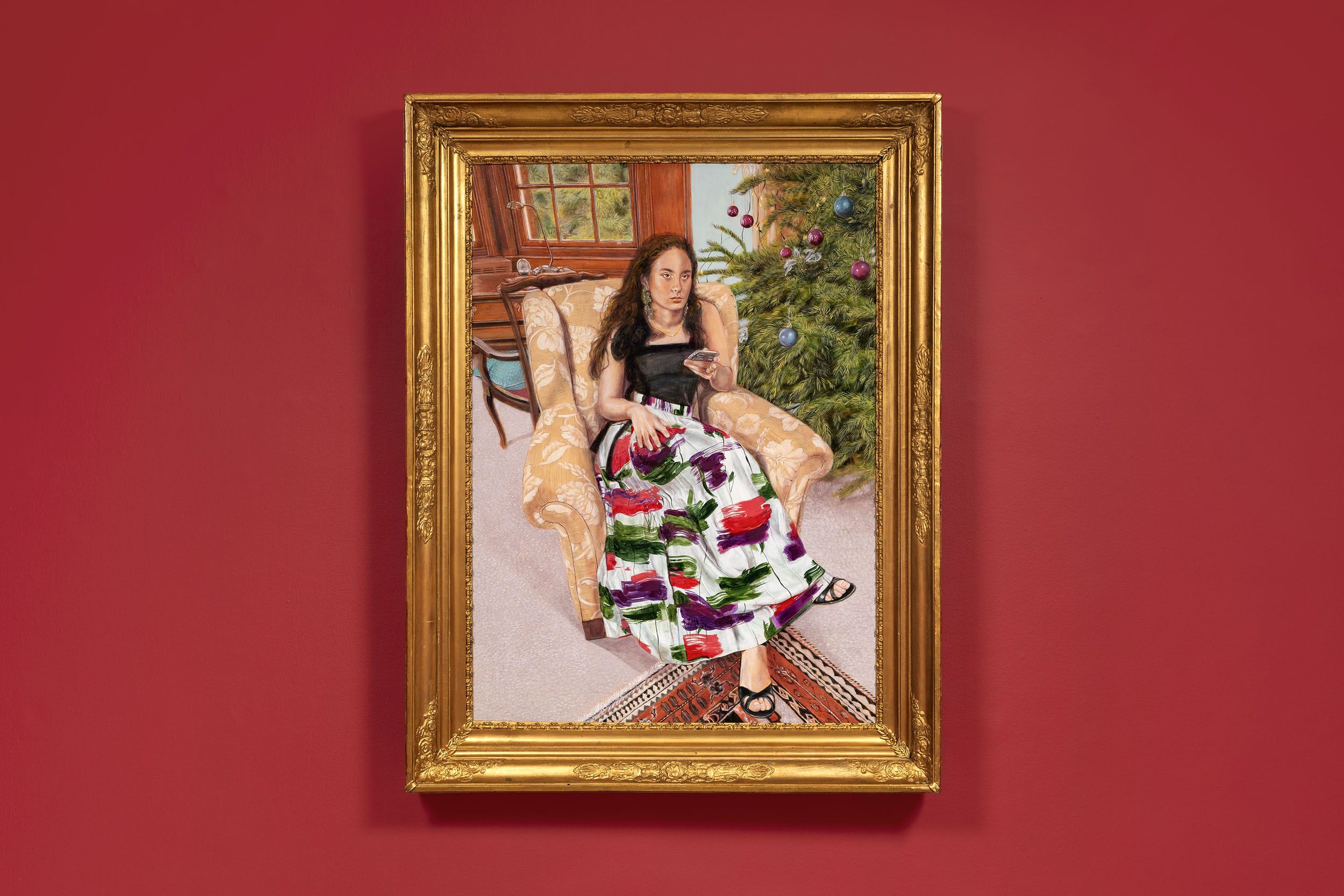
Her paintings are a potent visual metaphor for our modern condition. We’re desperately trying to capture fleeting moments of beauty, to create something lasting and meaningful. “As narratives go, my grandest, greatest reality is that my children are hijacked by the virtual world. The inspiration for these paintings came to me when I observed my daughter talking to her friend via WhatsApp while they were physically sitting next to each other. I found that very profound. Their communication was creating a carbon footprint despite them sitting right next to each other.”
Butt has always found inspiration in the mundane. She acknowledges it as humblest of art forms or “lesser art” as she calls it. Her own upbringing wasn’t exactly filled with museum trips and highbrow art. Born in Lahore in 1973, she grew up seeing vibrant hand-painted Lollywood movie posters, political graffiti shouting from walls, and gloriously kitsch truck art. Her formal art education, initially at the city’s National College of Arts and later at London’s Slade School of Fine Art and Rhode Island School of Design, provoked both her artistic and post-colonial tendencies. “My teachers were heavily influenced by abstract expressionism, the New York School of painting,” she explains. “They had a very aggressive approach, and I found myself resisting it.”
